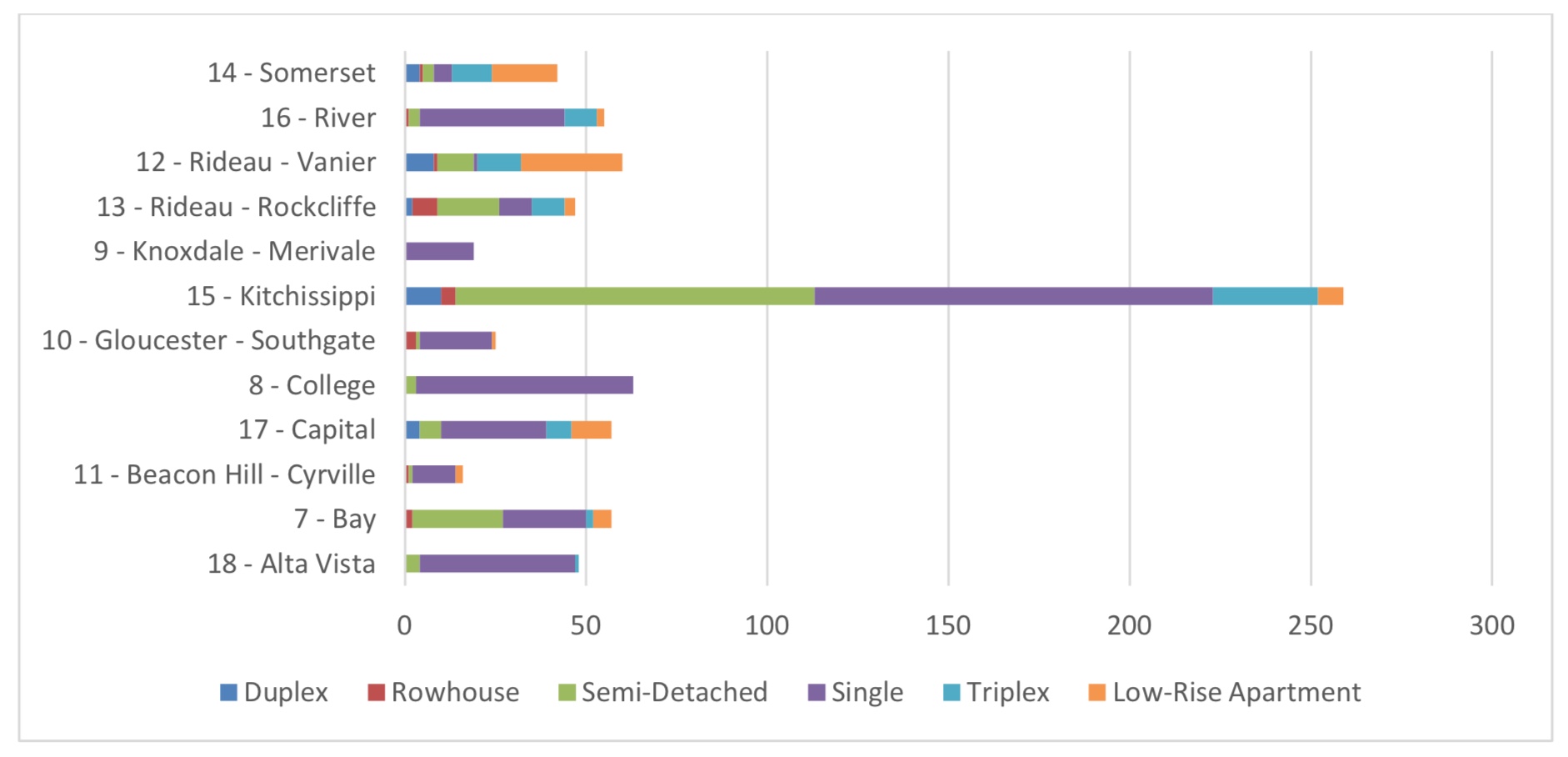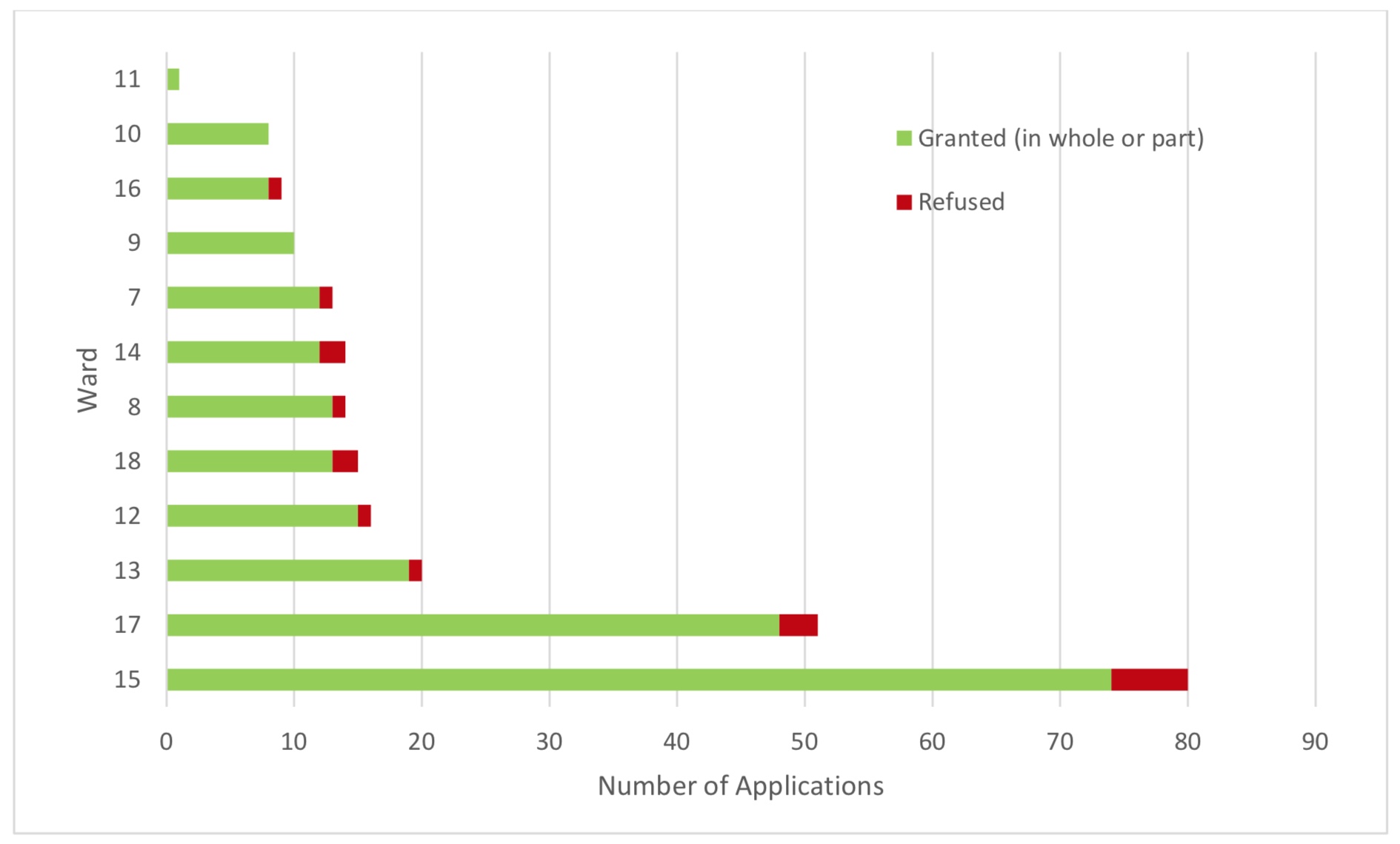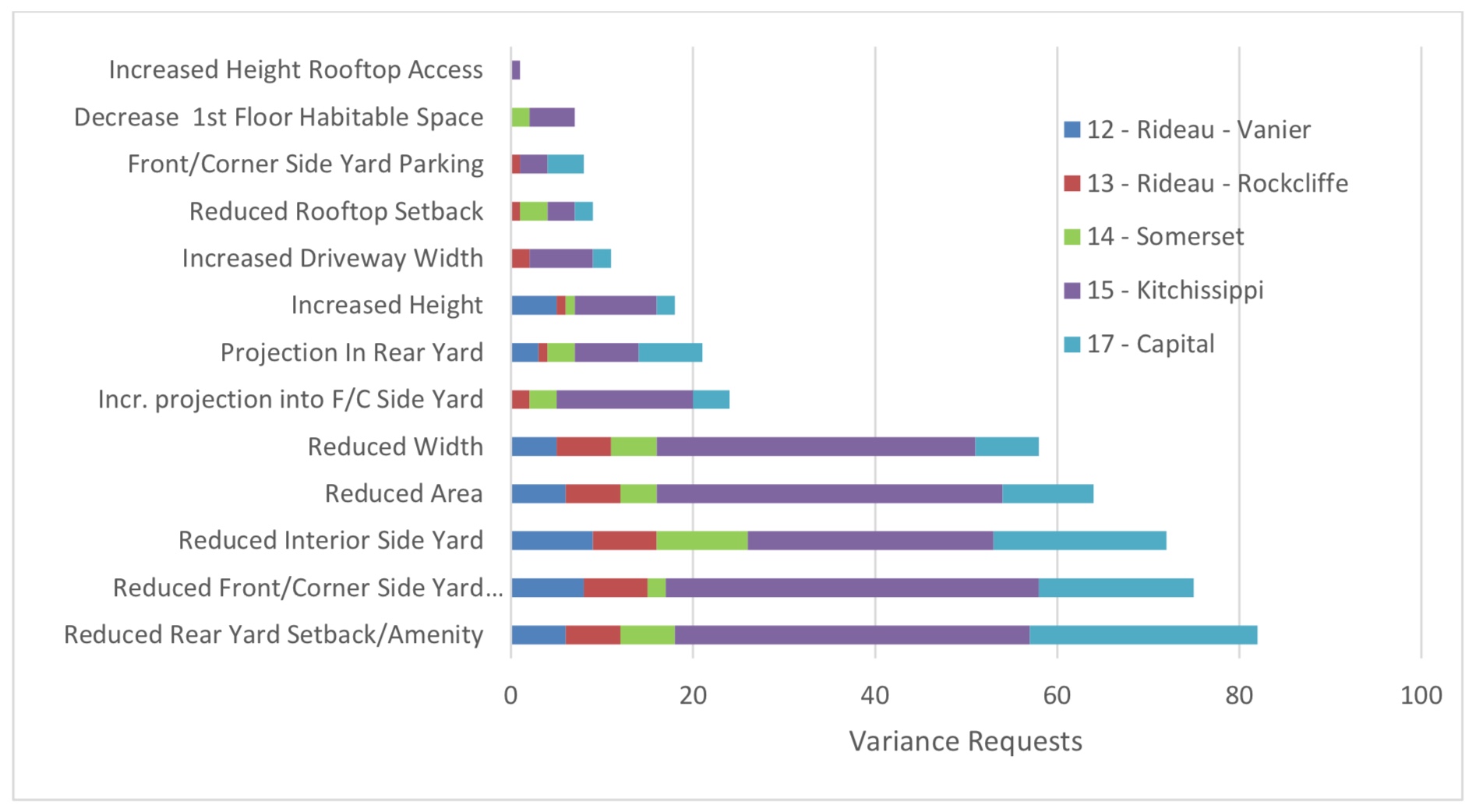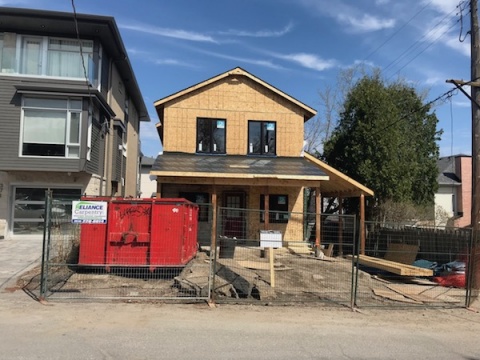
Infill monitoring report online
You are here
Last week, the City posted a report to the agenda of Tuesday’s Planning Committee updating its monitoring of how new infill rules are working (attached below). For those of us concerned about the impact of infills in our community, it’s well worth a careful read. Besides a careful analysis of whether the Committee of Adjustment is respecting the intent of those rules, it contains several useful summaries of the number of infills we’re seeing in this ward versus others. I do want to apologize for not having this in my newsletter this weekend. With an incredibly full agenda for Tuesday and so many items on it dealing with our ward, I simply missed it.
So what does the report say?
The key message is that City staff consider that the new rules passed to rein in the size of infills are generally working as intended. Infill I and II rules that were passed at the end of last and beginning of this term of Council were intended to address the egregious lot-line-to-lot-line infill examples that characterized many of the developments in years past. They were intended to protect, among other goals, more front yard landscaping, preserve more space for trees (particularly in rear yards), make front yard setbacks consistent with adjoining properties and otherwise "maintain and reinforce the established character of mature neighbourhoods."
Staff's conclusion that the rules are working has been arrived at through a lengthy consultation with community groups and an impressive analysis of Committee of Adjustment applications and decisions related to minor variances from the zoning.
While the rules are generally working as intended, staff say, there is nonetheless a lengthy list of proposed tweaks to the rules that will be the subject of further consultation prior to being implemented.
Kitchissippi the hot spot
One thing the report makes clear is that our ward is the infill development hotspot in the inner and outer urban wards. This chart taken from the report shows the number of building permits January 2015 to December 2017 (open these charts in a new tab or window to embiggen them).

Secondly, infill development is being accomplished by variances to the zoning granted by the Committee of Adjustment to an extent here that we’re not seeing elsewhere with the exception of Capital ward (Old Ottawa South, the Glebe and environs). The next graphic shows approved and refused variances between June 2015 and August 2017.

Finally, and no surprise, many of the variances being sought in that period were for reduced lot width, area, side-yard, front- and corner-yard and especially rear yard set backs (my newsletter is full each week with these variance applications).

Rules working as intended
Despite the number of variances being sought (and approved), though, staff consider that infills today are smaller and better accomplishing the City's goals for those than prior to the adoption of the new rules. The key paragraph reads:
Staff are of the opinion that Infill 1 and 2 regulations have led to a decrease in building mass and volume in the range of 10 per cent to 20 per cent...and have led to an improvement to adherence to streetscape character. There are issues that have occurred on a site basis, but in broad terms Infill 1 and 2 has achieved the intent for which they were developed. There remains work to do to encourage higher rates of tree retention and preservation of soft landscaping, better management of on-site parking, and compatibility in design.
By and large, as shown by the earlier chart, these variances are being granted. Staff, though, consider that most variances for which they express concerns are refused, and are satisfied that even with variances being granted, the overall impact of the new infill rules has been to reduce those developments in size from what was being allowed previously.
Despite the above, though, there are around two dozen tweaks to the rules under consideration looking both at where the new rules should be applied, and to correct areas where a lack of clarity has resulted in outcomes that don't meet the City's infill intentions. I've had the chance to speak with a few community leaders this weekend about the report, and they generally find it on target and reflective of the concerns they've raised.
Three major concerns
Staff have noted three outstanding big concerns for infills that aren't being addressed by the new rules. First, while they consider that Infill 2 is preserving rear yard space for trees (not a universally accepted position by any means), it's clear that they are not necessarily working to preserve room for front yard trees and soft landscaping. Second, with narrower lots being allowed, front yards are often inevitably dominated by parking. Finally, staff recognize that architectural compatibility and design remains a problem. With respect to this last concern, it has been generally accepted that architecture and design is beyond the purview of the zoning by-law. As applicants seek to max out their building envelopes, however, there isn't enough attention paid to how that mass is designed to mitigate that bulk. Staff say with respect to these three issues only that further work is required.
Conclusion
Overall, I consider that staff have done a thorough and well-consulted and -researched job of delivering this report. By and large, it identifies the feedback they've heard from our community associations who deal day in and day out with infill and the Committee of Adjustment. It's a pragmatic document, and reinforces Council's goal that the monster infills of past are prevented from being built in future. I'm looking forward in the coming months to working with residents and our community associations to see whether there is room to make further changes that will further ensure tree preservation, better design and a continued emphasis on preventing the abuses of the past.
- Log in to post comments

